The Invention Of Zero
When you were a little kid, even before you ever dealt with your first word problem in math class, you probably had to solve a problem something like this. You have four Starbursts, and you eat four Starbursts. What are you left with? That's right: sadness. And also no candy. But though even small kids can understand "nothing," the concept of "zero" is actually a bit more advanced; so advanced, in fact, that by the year 1200 C.E., it had only just barely reached the brightest mathematicians in Europe. This is the story of the invention of zero, and how a whole lot of nothing ended up changing the world.
Making Something Out Of Nothing
It almost sounds impossible that ancient people wouldn't have the concept of "zero." Even animals can understand nothingness — just let your cat's dish go empty if you don't believe us. But there's a big difference between nothing as a tangible emptiness and zero as a mathematical concept. One forerunner of the mathematical zero can be seen in the earliest known counting system, devised by the Sumerians. At first, they'd use a blank space to indicate a nothing value, and when that grew confusing, they began using a pair of angled wedges as a placeholder for a blank space. But in a sense, that symbol indicated a lack of a number, not a number in and of itself.
Similar placeholders for an empty value can be found in other counting systems, including those of the Mayans and the Babylonians. But most scholars agree that zero as a mathematical concept originated in India. The earliest use of the round symbol that would become the universal zero comes from the Bakhshali manuscript, a merchant's document explaining mathematical equations for various transactions. It also included a placeholder zero in the form of a little black dot, and was in common parlance in India in the 3rd or 4th centuries C.E. Just a couple of centuries later, the symbol was used by legendary mathematical scholar Brahmagupta. In the 7th century, he wrote the earliest surviving explanation of how, exactly zero works: "When zero is added to a number or subtracted from a number, the number remains unchanged. A number multiplied by zero becomes zero."
He also worked out that subtracting a positive number from zero gave you a negative number, and that subtracting a negative number from zero gave you a positive. That's the first known account of knowing how zero works in relation to other numbers, and we can only assume he went on to coin the phrase, "Ditch the zero, get with the hero."
:quality(75)/curiosity-data.s3.amazonaws.com/images/content/landscape/standard/8968380f-6a98-48af-bfe9-c2d0f082b104.png)
Zero Goes Abroad
After zero caught on in the Indian subcontinent, it was only a matter of time before other cultures began to recognize its significance. China and the Arabian peninsula were first (although it's worth noting that some historians believe the Arabic zero was a direct descendant of the zero precursors of Sumeria and Babylon), and it was in the Arabic numeral system that it first took the form of an empty oval. Muslim mathematicians called the symbol "sifr" (anglicized as "cipher"), and with it, invented both algebra and algorithms. And as Islam spread to Africa, zero came along for the ride.
But after that, it ran into some issues. Namely, Europeans. When the Moors conquered Spain, they brought their math along with them, and from there, zero made it to Italy. Where it was promptly outlawed. Yes, religious leaders of Europe saw the devil in that little blank circle, which they strongly associated with Islam. But the number didn't stop being useful, and merchants knew that very well. So when they'd include zeroes on their ledgers, they did so in secret — and the word "cipher" came to be synonymous with "code" in the process.
Fortunately for European mathematics, the taboo didn't last. Without zero, Newton and Leibniz wouldn't have been able to come up with calculus, Descartes couldn't have figured out how to graph points, and car dealers wouldn't be able to dazzle customers with the mysterious phrase "0% APR."
Love getting smarter? Sign up for our newsletter to learn something new every day!
Is Zero Even?
とても興味深く読みました:
\documentclass[12pt]{article}
\usepackage{latexsym,amsmath,amssymb,amsfonts,amstext,amsthm}
\numberwithin{equation}{section}
\begin{document}
\title{\bf Announcement 388: Information and ideas on zero and division by zero\\
(a project)\\
(2017.10.29)}
\author{{\it Institute of Reproducing Kernels}\\
Kawauchi-cho, 5-1648-16,\\
Kiryu 376-0041, Japan\\
}
\date{\today}
\maketitle
The Institute of Reproducing Kernels is dealing with the theory of division by zero calculus and declares that the division by zero was discovered as $0/0=1/0=z/0=0$ in a natural sense on 2014.2.2. The result shows a new basic idea on the universe and space since Aristotelēs (BC384 - BC322) and Euclid (BC 3 Century - ), and the division by zero is since Brahmagupta (598 - 668 ?).
In particular, Brahmagupta defined as $0/0=0$ in Brāhmasphuṭasiddhānta (628), however, our world history stated that his definition $0/0=0$ is wrong over 1300 years, but, we showed that his definition is suitable.
For the details, see the references and the site: http://okmr.yamatoblog.net/
We would like to write some story on zero and division by zero. For this purpose, we would like to gather some wide ideas and feelings on the zero and division by zero. For some precise facts and some wide viewpoints on these topics, please kindly send your ideas and feelings. For some valuable ones, we would like to immediately distribute them as in examples on the division by zero (now over 670 items).
For your kind comments, several lines will be well-comed
and or in A4 one page in word.
Please kindly send your ideas to the e-mail address:
\medskip
kbdmm360@yahoo.co.jp
\medskip
We would like to hear your valuable and interesting ideas on these topics.
\bibliographystyle{plain}
\begin{thebibliography}{10}
\bibitem{cs}
L. P. Castro and S. Saitoh, Fractional functions and their representations, Complex Anal. Oper. Theory {\bf7} (2013), no. 4, 1049-1063.
\bibitem{kmsy}
M. Kuroda, H. Michiwaki, S. Saitoh, and M. Yamane,
New meanings of the division by zero and interpretations on $100/0=0$ and on $0/0=0$,
Int. J. Appl. Math. {\bf 27} (2014), no 2, pp. 191-198, DOI: 10.12732/ijam.v27i2.9.
\bibitem{ms16}
T. Matsuura and S. Saitoh,
Matrices and division by zero z/0=0,
Advances in Linear Algebra \& Matrix Theory, 2016, 6, 51-58
Published Online June 2016 in SciRes. http://www.scirp.org/journal/alamt
\\ http://dx.doi.org/10.4236/alamt.2016.62007.
\bibitem{ms18}
T. Matsuura and S. Saitoh,
Division by zero calculus and singular integrals. (Submitted for publication)
\bibitem{mms18}
T. Matsuura, H. Michiwaki and S. Saitoh,
$\log 0= \log \infty =0$ and applications. Differential and Difference Equations with Applications. Springer Proceedings in Mathematics \& Statistics.
\bibitem{msy15}
H. Michiwaki, S. Saitoh and M.Yamada,
Reality of the division by zero $z/0=0$. IJAPM International J. of Applied Physics and Math. 6(2015), 1--8. http://www.ijapm.org/show-63-504-1.html
\bibitem{mos17}
H. Michiwaki, H. Okumura and S. Saitoh,
Division by Zero $z/0 = 0$ in Euclidean Spaces,
International Journal of Mathematics and Computation, 28(2017); Issue 1, 2017), 1-16.
\bibitem{osm17}
H. Okumura, S. Saitoh and T. Matsuura, Relations of $0$ and $\infty$,
Journal of Technology and Social Science (JTSS), 1(2017), 70-77.
\bibitem{ps18}
S. Pinelas and S. Saitoh,
Division by zero calculus and differential equations. Differential and Difference Equations with Applications. Springer Proceedings in Mathematics \& Statistics.
\bibitem{s14}
S. Saitoh, Generalized inversions of Hadamard and tensor products for matrices, Advances in Linear Algebra \& Matrix Theory. {\bf 4} (2014), no. 2, 87--95. http://www.scirp.org/journal/ALAMT/
\bibitem{s16}
S. Saitoh, A reproducing kernel theory with some general applications,
Qian,T./Rodino,L.(eds.): Mathematical Analysis, Probability and Applications - Plenary Lectures: Isaac 2015, Macau, China, Springer Proceedings in Mathematics and Statistics, {\bf 177}(2016), 151-182. (Springer) .
\bibitem{ttk}
S.-E. Takahasi, M. Tsukada and Y. Kobayashi, Classification of continuous fractional binary operations on the real and complex fields, Tokyo Journal of Mathematics, {\bf 38}(2015), no. 2, 369-380.
\bibitem{ann179}
Announcement 179 (2014.8.30): Division by zero is clear as z/0=0 and it is fundamental in mathematics.
\bibitem{ann185}
Announcement 185 (2014.10.22): The importance of the division by zero $z/0=0$.
\bibitem{ann237}
Announcement 237 (2015.6.18): A reality of the division by zero $z/0=0$ by geometrical optics.
\bibitem{ann246}
Announcement 246 (2015.9.17): An interpretation of the division by zero $1/0=0$ by the gradients of lines.
\bibitem{ann247}
Announcement 247 (2015.9.22): The gradient of y-axis is zero and $\tan (\pi/2) =0$ by the division by zero $1/0=0$.
\bibitem{ann250}
Announcement 250 (2015.10.20): What are numbers? - the Yamada field containing the division by zero $z/0=0$.
\bibitem{ann252}
Announcement 252 (2015.11.1): Circles and
curvature - an interpretation by Mr.
Hiroshi Michiwaki of the division by
zero $r/0 = 0$.
\bibitem{ann281}
Announcement 281 (2016.2.1): The importance of the division by zero $z/0=0$.
\bibitem{ann282}
Announcement 282 (2016.2.2): The Division by Zero $z/0=0$ on the Second Birthday.
\bibitem{ann293}
Announcement 293 (2016.3.27): Parallel lines on the Euclidean plane from the viewpoint of division by zero 1/0=0.
\bibitem{ann300}
Announcement 300 (2016.05.22): New challenges on the division by zero z/0=0.
\bibitem{ann326}
Announcement 326 (2016.10.17): The division by zero z/0=0 - its impact to human beings through education and research.
\bibitem{ann352}
Announcement 352(2017.2.2): On the third birthday of the division by zero z/0=0.
\bibitem{ann354}
Announcement 354(2017.2.8): What are $n = 2,1,0$ regular polygons inscribed in a disc? -- relations of $0$ and infinity.
\bibitem{362}
Announcement 362(2017.5.5): Discovery of the division by zero as $0/0=1/0=z/0=0$
\bibitem{380}
Announcement 380 (2017.8.21): What is the zero?
\end{thebibliography}
\end{document}


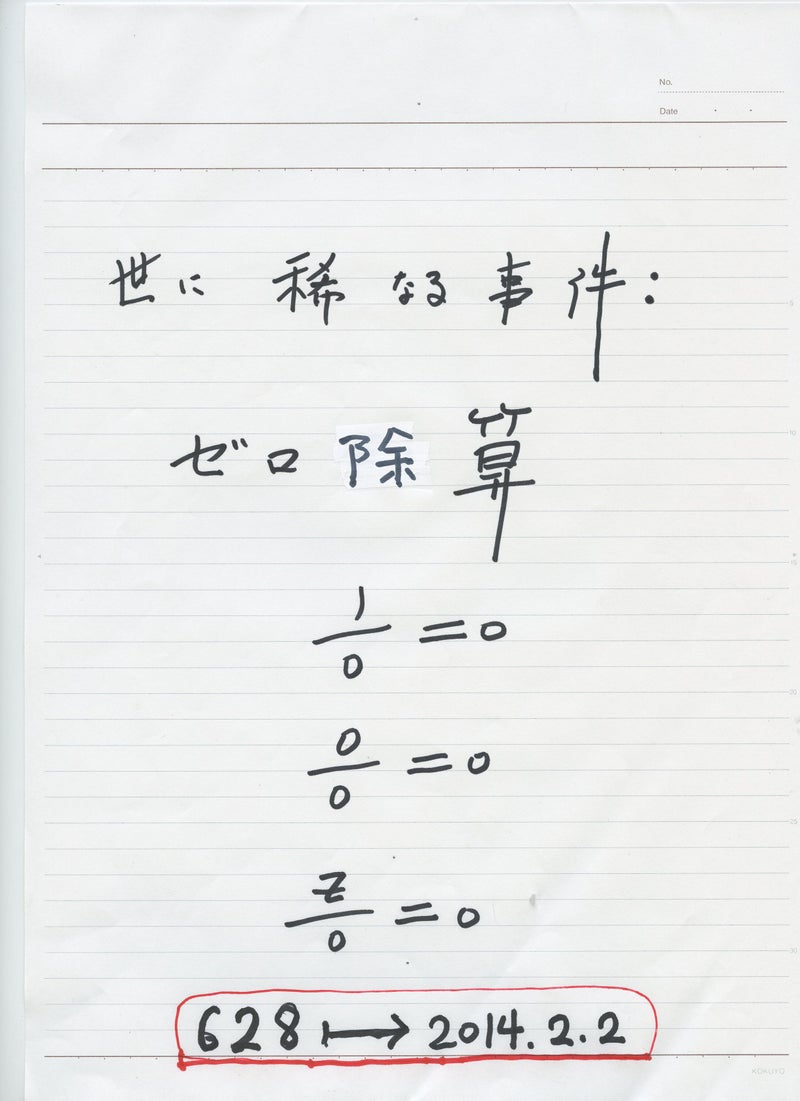























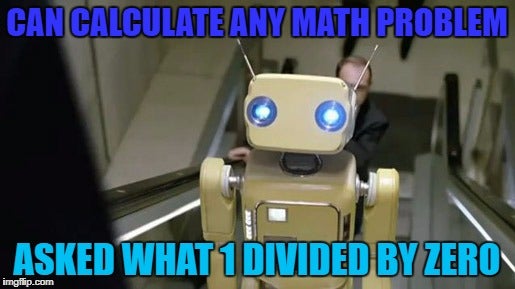















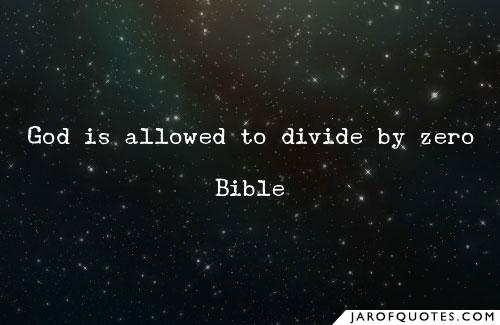


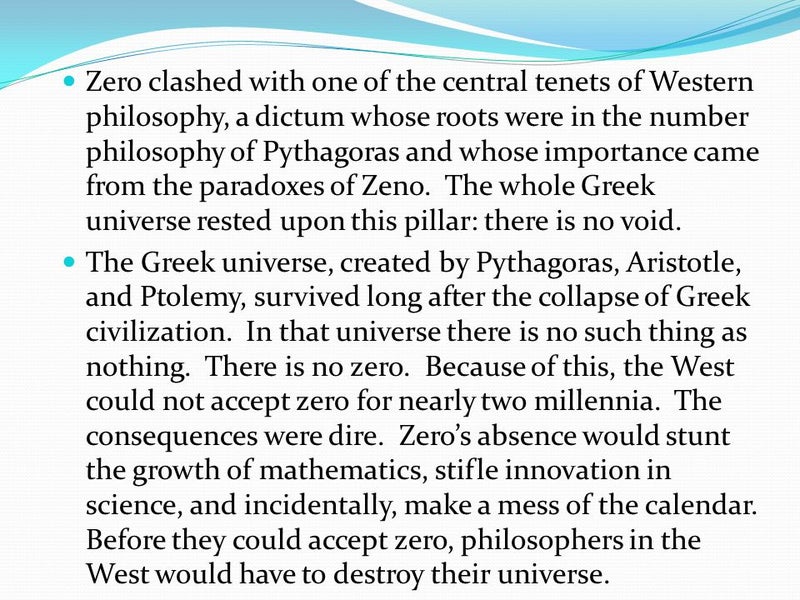









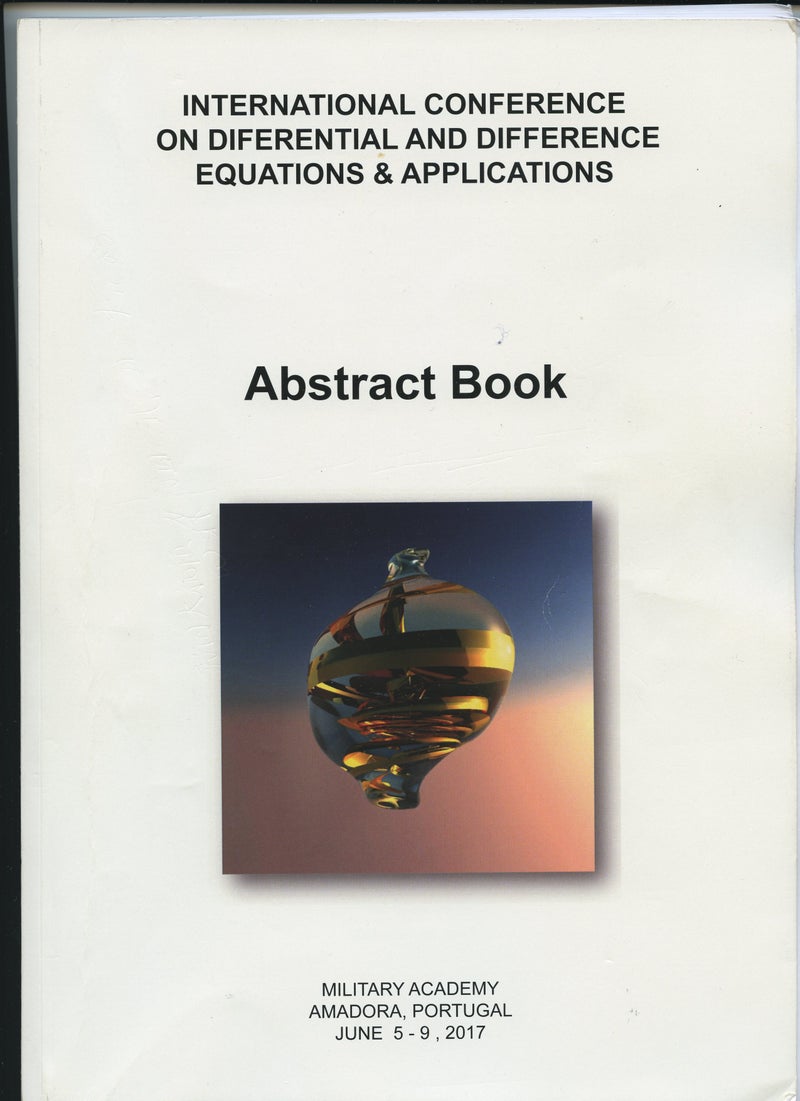


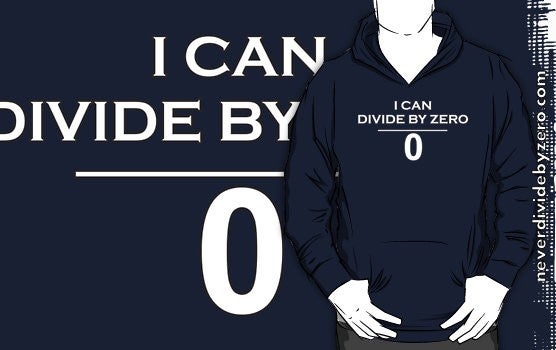

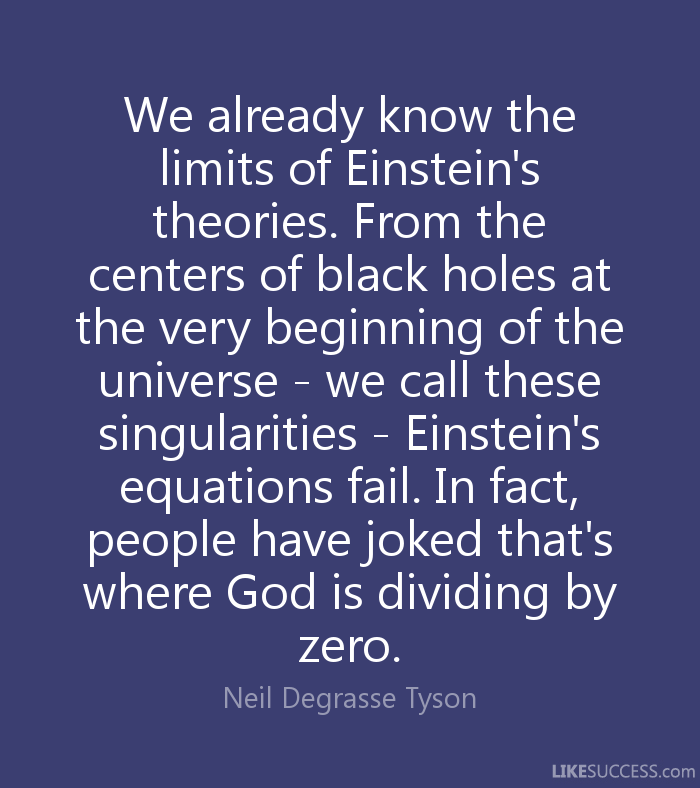




















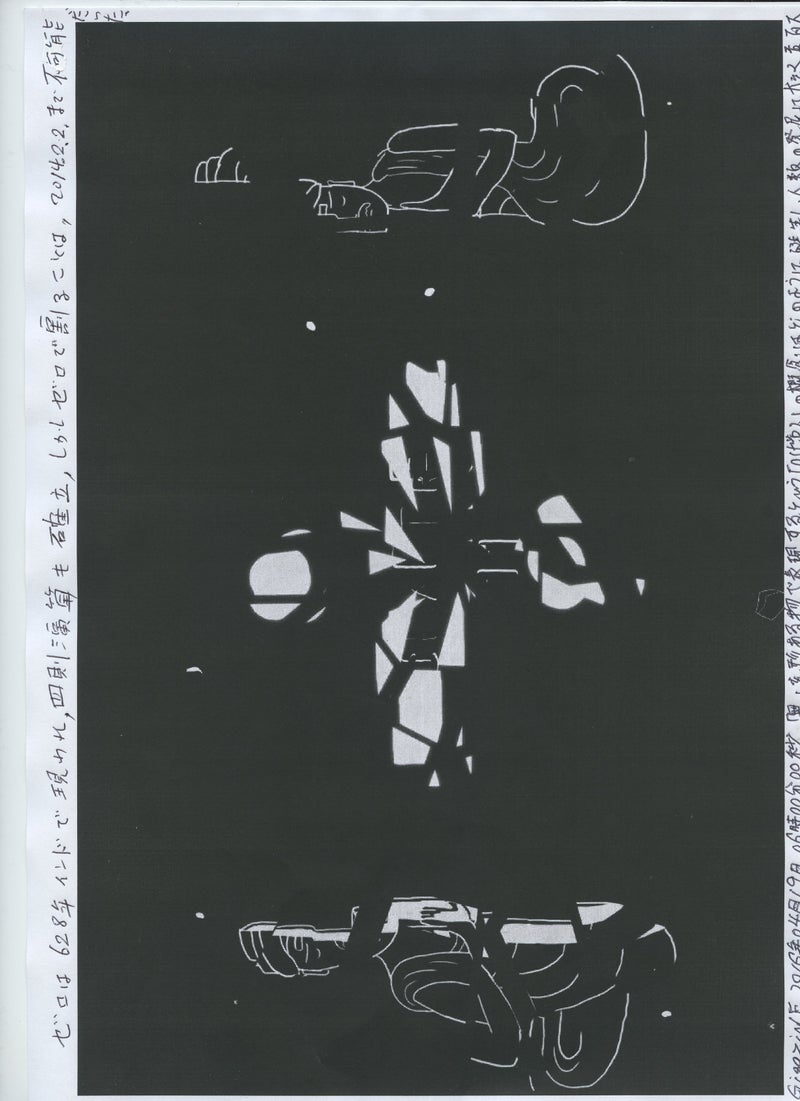



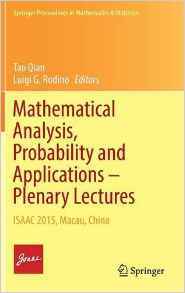

0 件のコメント:
コメントを投稿